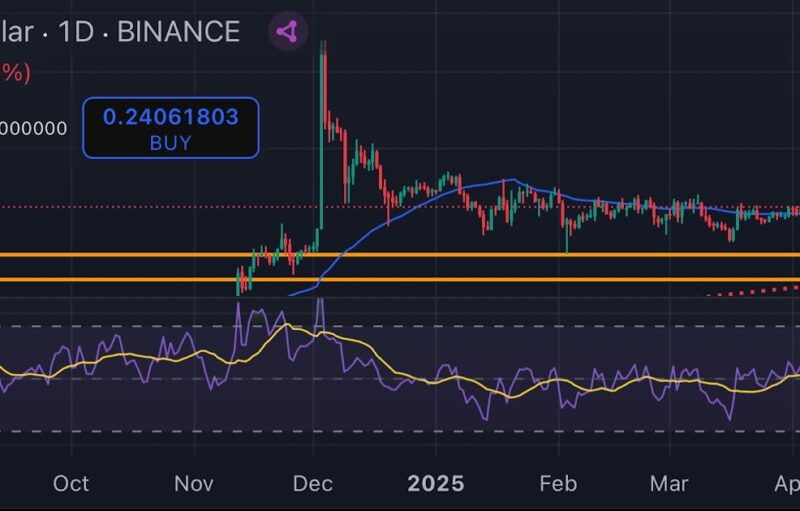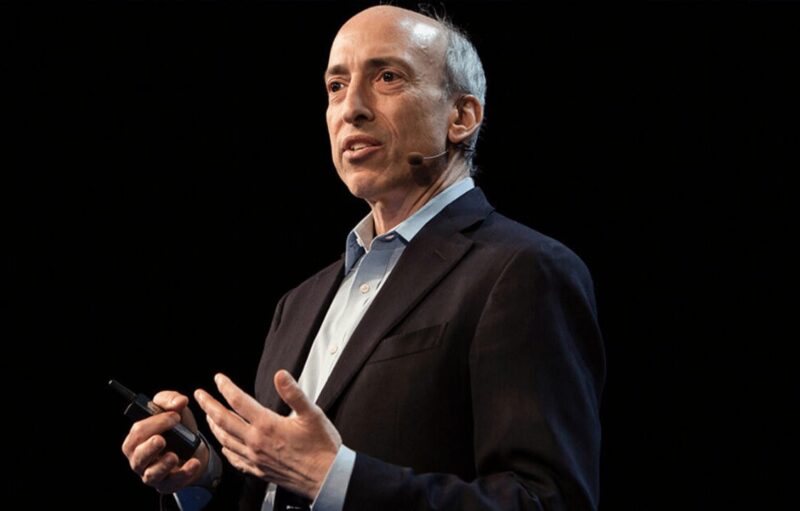U.S President Joe Biden’s administration is looking forward to fast-track its coronavirus relief plan with a third round of stimulus checks worth $1,400 for each U.S citizen. If the proposed plan is executed, it will be a $1.9 trillion bill, over and above the previous stimulus plans already in play. While these relief checks are in line with the need to re-energize the trailing economy, some reports suggest that they are just delaying the eventual Bitcoin bubble burst.
Are Central Banks’ QE policies helping BTC?
According to the Financial Times, an array of central bank stimuli is currently upholding Bitcoin’s rally and fueling its growth.
In fact, Michael Bollinger, Chief Funding Officer at UBS Wealth Administration, believes that by taking into account the history of bubbles, the current “BTC bubble” could be kept inflated longer than anticipated without undergoing a bust.
It can be inferred from the above perspective that credit is currently being taken away from Bitcoin with such a viewpoint. What is also curious and interesting is that the digital asset continues to be termed as a “bubble” by some. Rather than identifying its intrinsic value, terminologies such as “speculative” are regularly being used for the cryptocurrency.
Now, there is definitely some logic behind the effect of quantitative easing on Bitcoin, but it can be interpreted in a different way.
A recent Ecoinometrics report observed that there is more liquidity in the current financial system. That is correct, but it doesn’t mean that such a situation only benefits Bitcoin. Other investment opportunities are also picking up the pace, but they slide under the radar because the popularity surrounding Bitcoin is infectious for its proponents and alarming to its skeptics.
Purchasing power is decreasing; why not Bitcoin?

Bitcoin vs Gold vs Popular Stock comparison since January 2020
The bottom line of the current market is that the Fed Reserve is printing money continuously. This, in turn, has led to a reduction in the purchasing power of fiat, which is the reason why everyone is looking at investment windows. Bitcoin has registered strong returns since last year, therefore, more people are taking an interest in it.
Additionally, Bitcoin is currently exploring the effects of its S-curve adoption, possibly looking at exponential growth in the future.
Before the bullish cycle of 2017, a majority of Bitcoin’s supporters were tech-devs, anarchists, and libertarians. Now, the asset class is becoming more retail, with rising institutional interest unfolding across the market. Hence, the Bitcoin bubble might not extend itself anymore. In fact, it is a good possibility the bubble may not even exist anymore.
The post appeared first on AMBCrypto







